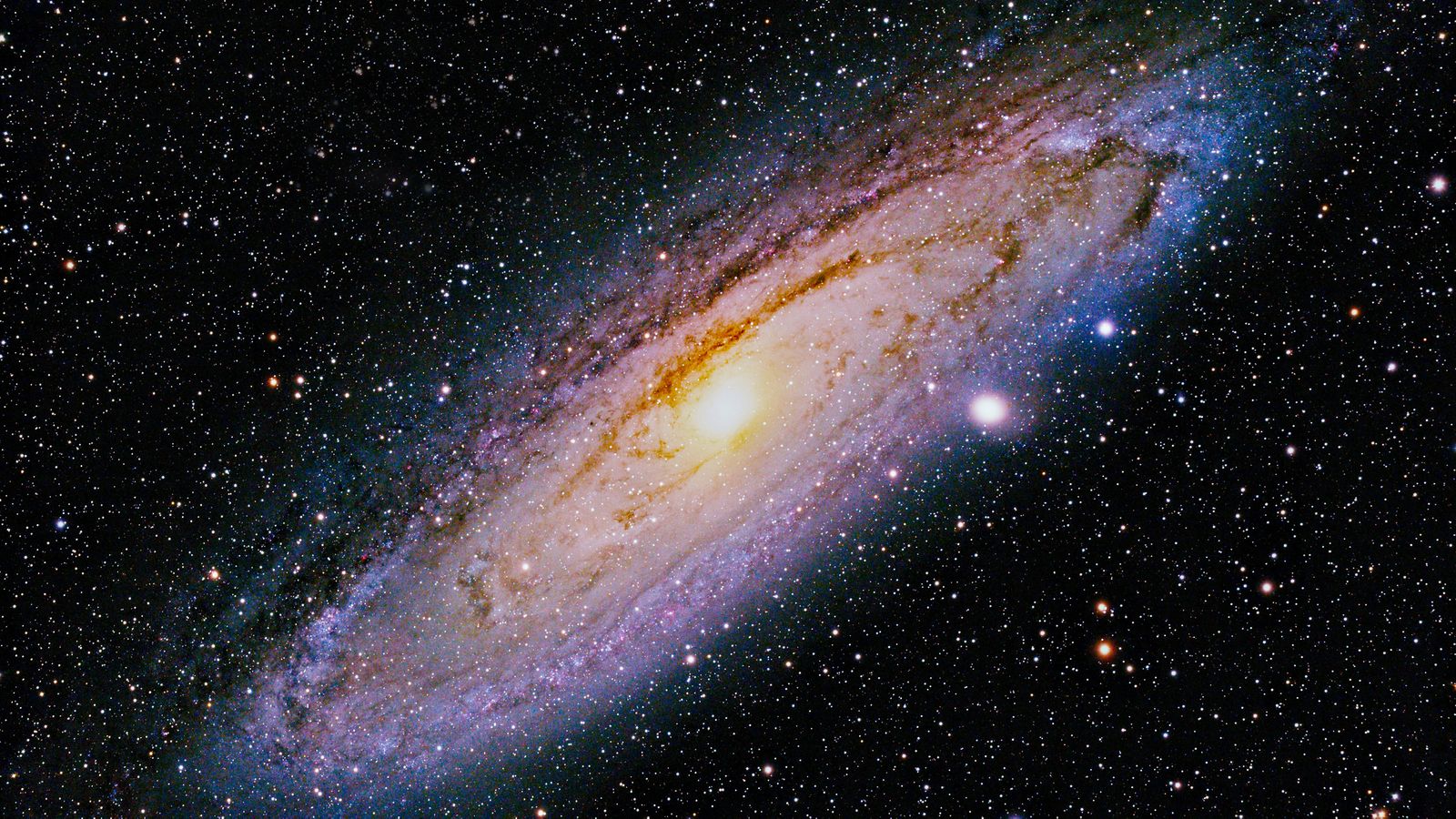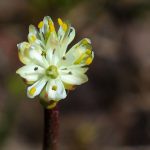Scientists have created a new tool which they say could aid the discovery of alien life in the universe.
Researchers at the University of Glasgow say they have created a method that can identify complex molecular signatures to determine the likelihood of one developing through life rather than by chance.
The method, called Assembly Theory, was developed by the team in collaboration with NASA and Arizona State University.
Researchers used highly technical methods to break down particles and count the number of unique parts, giving analysts a clearer picture of how a given complex molecular signature came into being.
Lead scientist, Professor Lee Cronin, described Assembly Theory as the “first falsifiable hypothesis for life detection”.
A falsifiable hypothesis is one that can be proved or disproved using logic or evidence.
“It’s based on the idea that only living systems can produce complex molecules that could not form randomly in any abundance,” Prof Cronin said.
“This allows us to sidestep the problem of defining life – instead we focus on the complexity of the chemistry.”
Please use Chrome browser for a more accessible video player
One challenge in the search for life in space has been identifying chemical signatures that are unique to life, leading to unproven claims of alien discovery.
In one example, the metabolic experiments of NASA’s Viking Martian lander on Mars only found simple molecules whose existence could be explained by incorporating “natural non-living processes” into the equation, the research team said.
Assembly Theory breaks down molecules and counts the number of unique parts, with higher numbers associated with life on Earth.
The researchers said life-detection instruments using its methods could be sent on missions in space to detect biosignatures.
Prof Cronin added: “This is important because developing an approach that cannot produce false positives is vital to support the first discovery of life beyond Earth, an event that will only happen once in human history.”
The research, identifying molecules as biosignatures with assembly theory and mass spectrometry, has been published in the journal Nature Communications.
Earlier this year in March, two research papers were released on the topic of alien life.
Spanish scientists located a “super-Earth” called Gliese 486 b – 26 light-years away – that they said could hold the key to finding aliens.
Subscribe to the Daily podcast on Apple Podcasts, Google Podcasts, Spotify, Spreaker
And another group of experts in the Canary Islands said that NASA could use technosignatures to search for life in the solar system.
The researchers suggested that NASA could in the future search for planets that exhibit the signs of industrial pollution in their atmospheres.






















